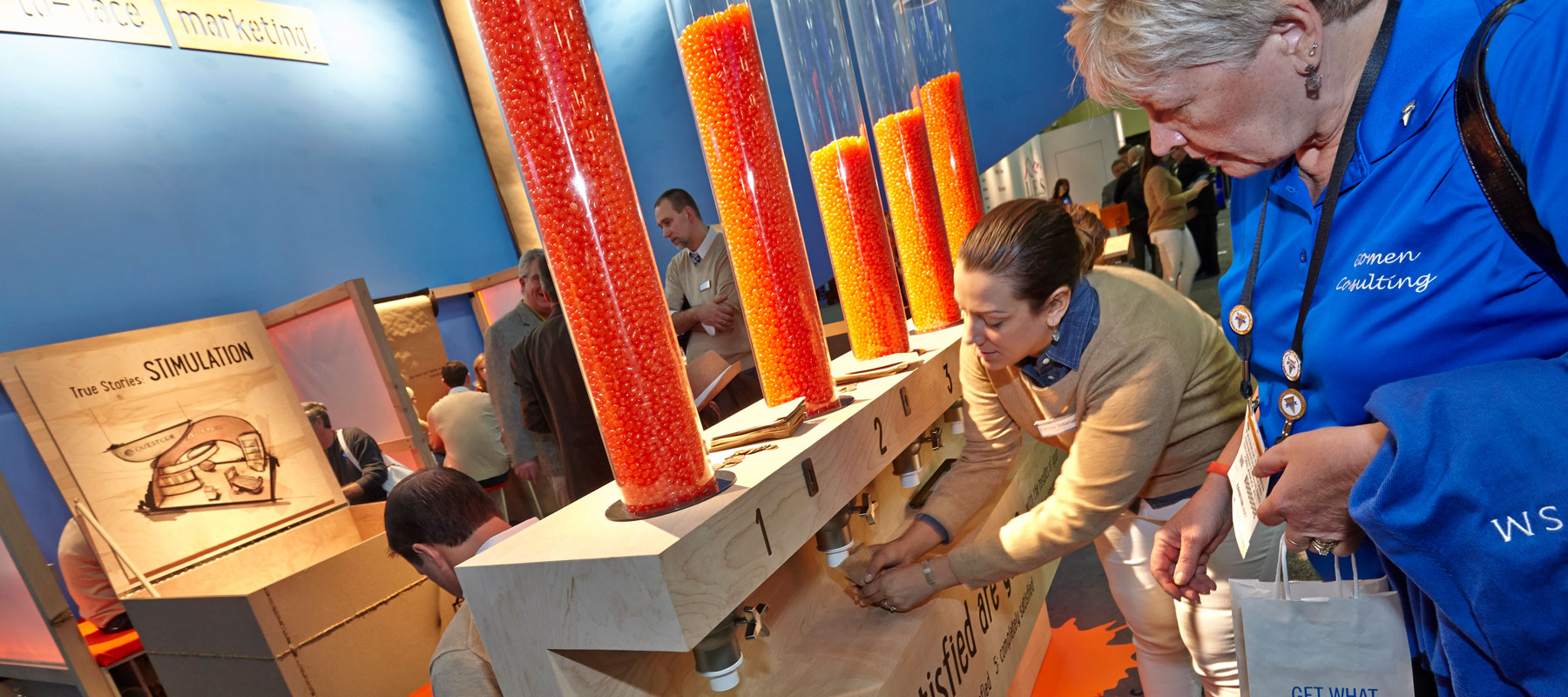Measuring Experiential Marketing ROI

As more consumers actively work to avoid traditional advertising through ad blockers and premium services, brands are turning toward experiential marketing to reach customers. We understand the power interactions can have on consumers, how they make connections, and how we gain information on their needs.
A recent AdWeek article looks at how big brands are measuring the ROI of these interactions, noting that one in three CMOs is expected to allocate up to 50 percent of their budget to brand experience marketing over the next five years. With leading brands like Mastercard, Swarovski, and M&Ms delivering immersive experiences, experiential marketing is seeing a greater impact with faster results.
Measuring the ROI of experiential campaigns varies per brand and campaign. It’s important that your team agrees on and prioritizes experiential KPIs. When all stakeholders are aligned, you can decide what’s important to analyze before, during, and after your event.
Creating tangible benchmarks can be elusive for face-to-face marketing, but there are many aspects to measure. When the ROI boils down to experiences, deciding what to track is helpful to gauge success. Here are a few suggestions.
- Participation — If you’re interested in how many people participated in your event, collecting email and social handles, having a counter at the entry, and looking at distributed giveaways are a few ways to track attendance. By setting goals for signups or sales, you can quickly look at numbers. Participation — If you’re interested in how many people participated in your event, collecting email and social handles, having a counter at the entry, and looking at distributed giveaways are a few ways to track attendance. By setting goals for signups or sales, you can quickly look at numbers.
- Social — Calculating brand reach can be as simple as how many social mentions your brand or event received — or how many times people used your hashtag. These will allow you to dive into social metrics of participants with retweets, likes, and shares.
- Emotional Impact — Success can also be measured in brand and experience sentiment before, during, and after an event. Surveys, email feedback, and face-to-face conversation can be used to gather this info.
These methods are all useful, but remember, analyzing participant responses must go beyond the numbers. Whether positive or negative, the way in which consumers perceive and talk about your brand and event can be used to make your next campaign even better.
Share this article